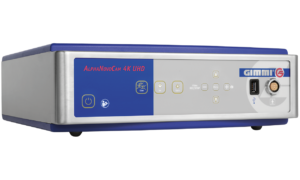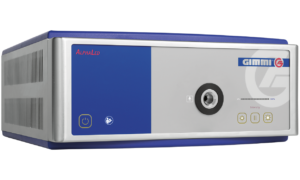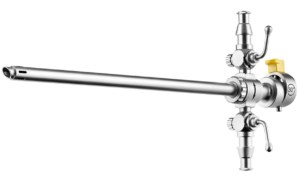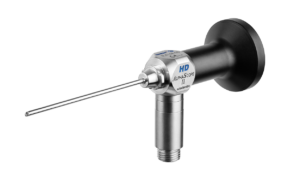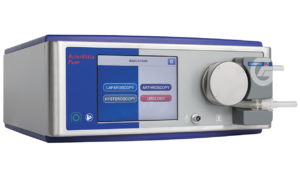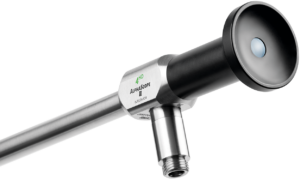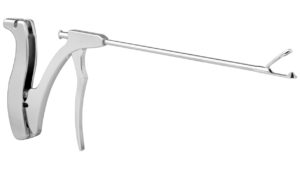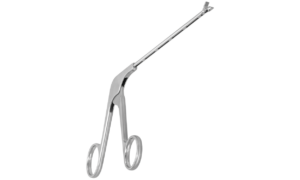Arthroscopy instruments – To ease minimally invasive work
You’re on the lookout for modern tools to enhance patient care? Arthroscopy instruments help diagnose and treat various orthopedic conditions, like joint-related issues, offering patients a recovery with reduced pain and scarring.
Our key Arthroscopy instruments
Hospitals and medical institutions rely on various arthroscopy instruments to deliver top orthopedic care. They are used in many important areas of orthopedics, including shoulders, knees, hips, wrists, elbows, and feet:
Arthroscopes are the eyes of arthroscopic surgery. These slim optical systems, connected to a high-resolution camera and light source, allow surgeons to visualize the surgical field and guide them in the best possible way during procedures such as repairing torn ligaments or removing damaged cartilage.
A variety of specialized arthroscopic equipment such as graspers, rasps, and forceps are used during arthroscopic procedures. They manipulate tissues, remove debris, and repair damaged structures within a joint.
Fluid management systems are crucial for maintaining a clear view during arthroscopy. They control the flow of sterile saline solution into the joint, flushing away debris and ensuring optimal visualization.
High-quality light sources are essential to illuminate the joint cavity, allowing surgeons to see even the finest details during arthroscopic surgery.
Medical monitors display real-time images from the arthroscope, enabling the surgical team to closely monitor the procedure's progress.
These systems help in removing excess fluid and debris from the joint, maintaining a clean and clear surgical field.
The primary function of sheath systems is to create an access to the surgical site, allowing surgeons to visualize and treat various orthopedic conditions with minimal invasiveness. The sheaths facilitate smooth instrument passage, ensuring unhindered movement during arthroscopic maneuvers.
In arthroscopy, punches are essential surgical instruments designed for precision and versatility. Arthroscopic punches enable surgeons to perform delicate tasks such as tissue removal or debridement with minimal disruption to surrounding structures.
In arthroscopy, a suture passer is a pivotal instrument designed to facilitate the efficient and accurate placement of sutures during minimally invasive procedures.
Benefits of our Arthroscopy instruments
Medical professionals and hospitals prioritize the use of arthroscopy instruments for several reasons. These include:
Minimally invasive procedures
Enhanced precision
Reduced pain and scarring
Faster recovery
Improved outcomes
Improved cleaning
The advanced capabilities of arthroscopy instruments contribute to better patient outcomes and increased patient satisfaction. That’s why most doctors prefer arthroscopy instruments for standard procedures.
-
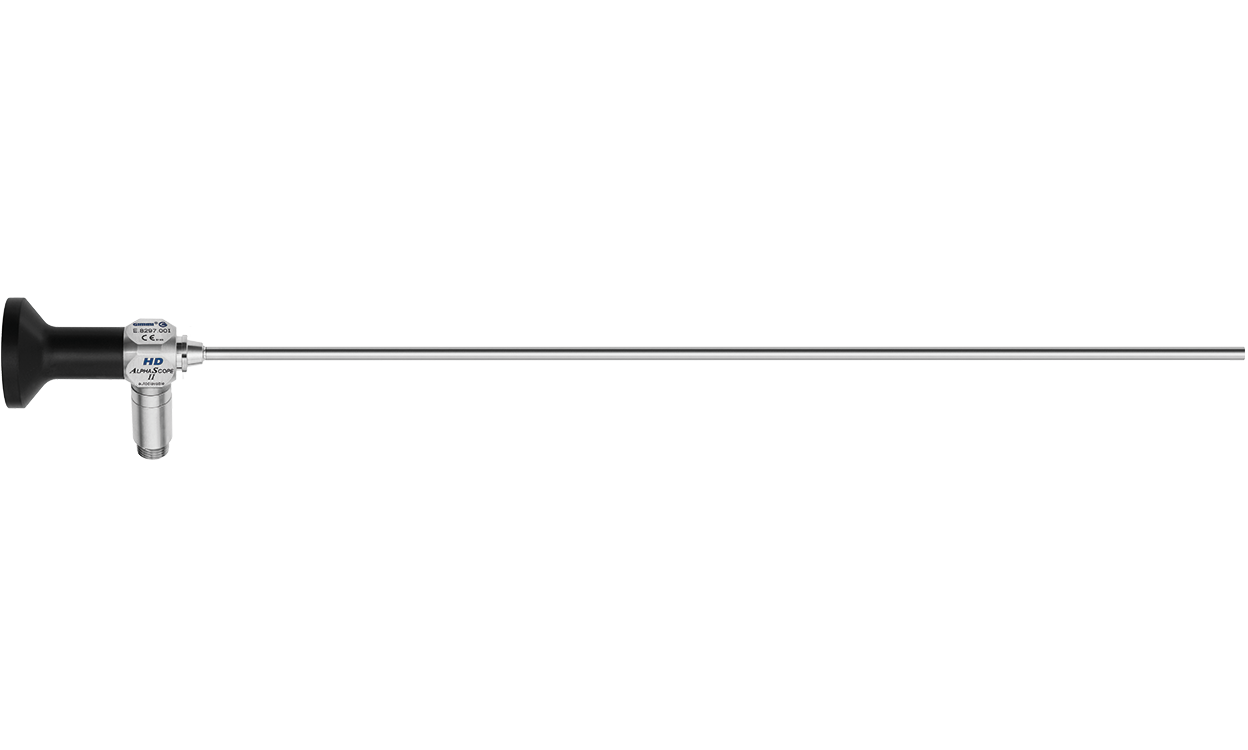
AlphaScope™ II
With our high-quality endoscopes in full HD imaging, you benefit from excellent exposure and detailed images. Thanks to the rod lens system, high color contrasts are created. You can also focus the image right up to the edges. The use of sapphire glass (proximal and distal) ensures high scratch resistance. We also offer a 2-year guarantee.
-
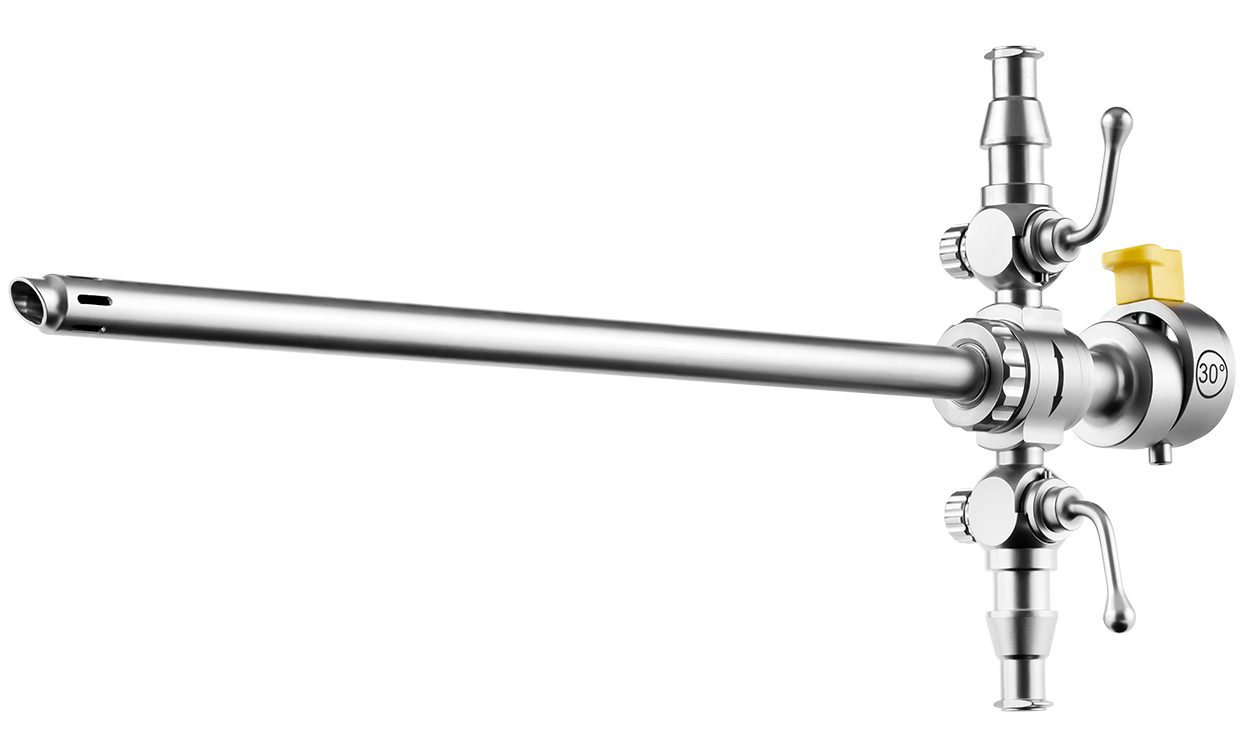
AlphaArthro Sheath System
Our reusable AlphaArthro Sheath Systems offer a wide range of options tailored to fit all Gimmi Arthroscopes, ensuring optimized adaptation for various procedures. With a lockable feature using either the quick lock or bayonet system, our sheaths guarantee secure and stable positioning during surgery. The compatibility of our sheaths is meticulously designed, offering specialized options such as the 30° sheath exclusively for 30° scopes and a universal design accommodating scopes ranging from 0° to 70°. This optimized and interacting system ensures precision and flexibility in arthroscopic interventions.
-
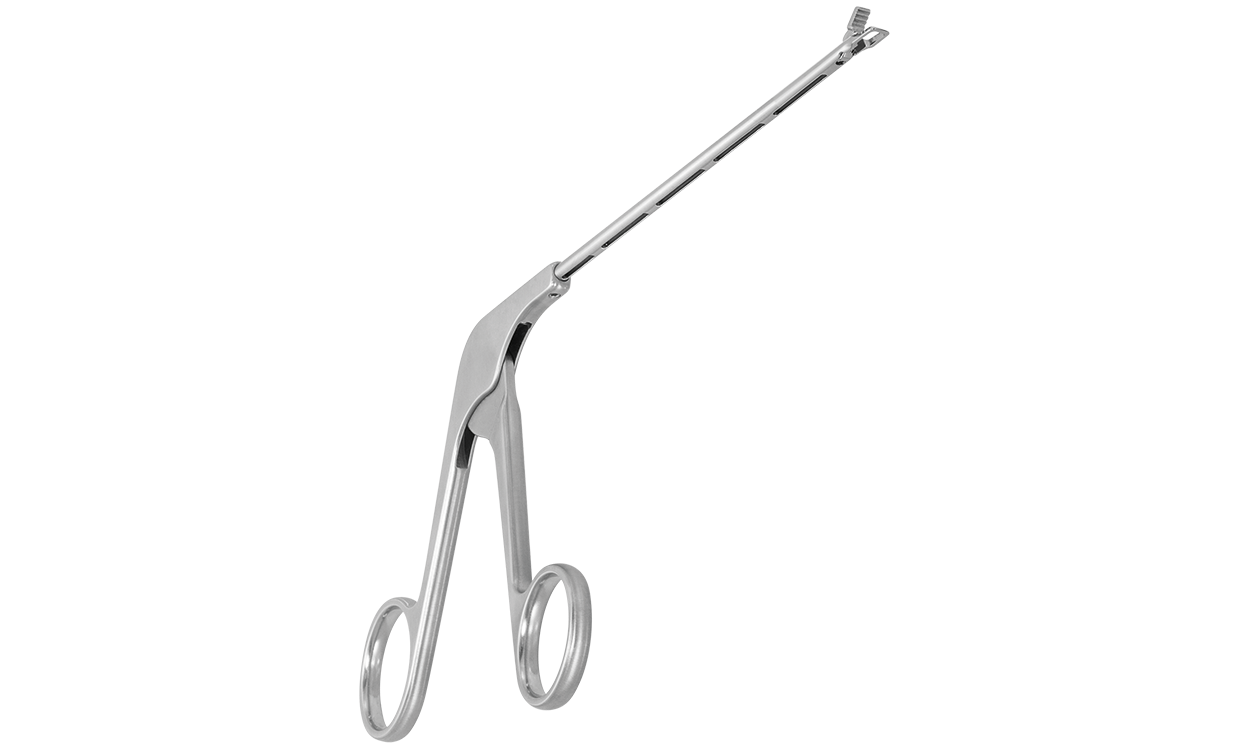
AlphaArthro Punches
Discover the excellence of our arthroscopic punch – a reusable, one-part system offering unparalleled advantages. The non-detachable design ensures seamless operation, while the wide range of punches, with different jaw heights, caters to the unique needs of surgeons. Experience easy and precise use, coupled with efficient cleaning and sterilization facilitated by the innovative Inline Flushing System. This downward-opening feature in the shaft streamlines the cleaning process, eliminating the need for additional luer lock flushing adaptors and reducing overall cleaning hassles.
-
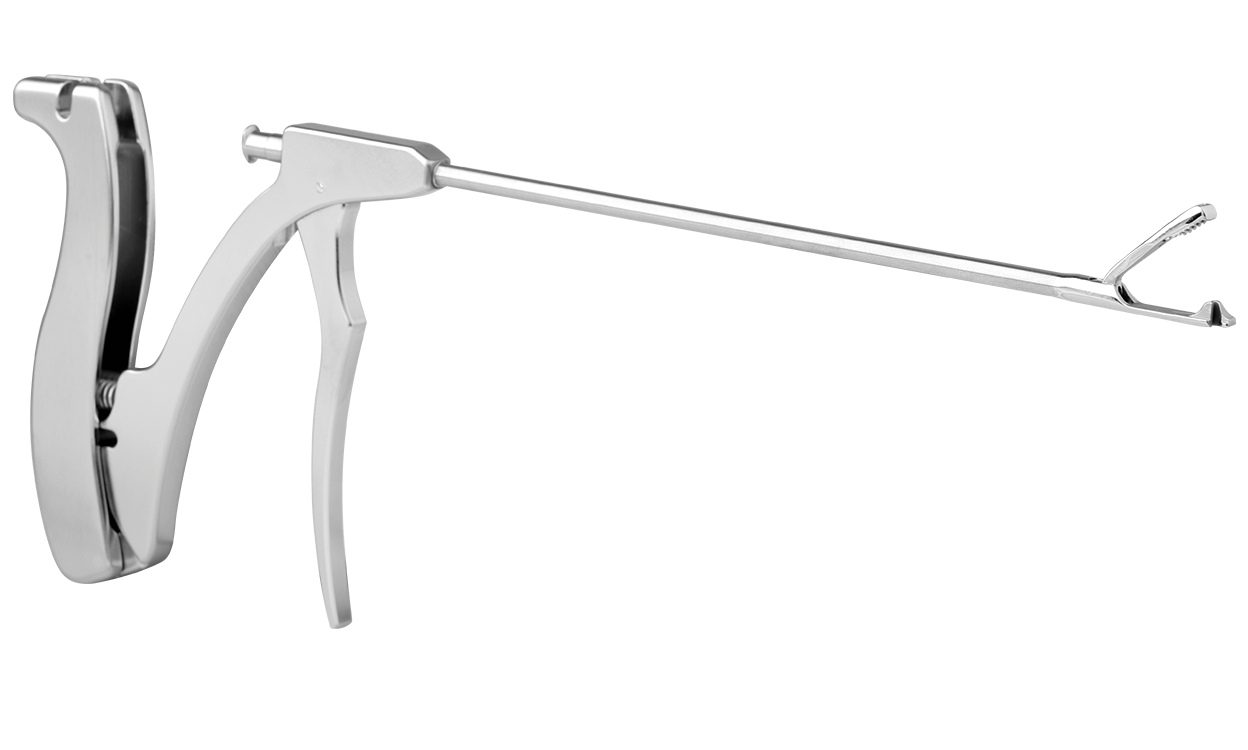
Suture Passer
AlphaArthro Suture Passers are ideal for shoulder surgery and available for knee surgery. They have ergonomic handles with two options: with or without ratchet for precise and comfortable suturing. As one-piece instruments they ensure easy handling. They are compatible with suture threads #2 fiber wire and can easily be sewed with the Nitinol needles. During cleaning and sterilization, the nitinol needles can reshape.
The quality of the products has convinced me and my team for many years. With a diameter of 2.7mm, the filigree instruments are unique, especially in minimally invasive surgery.
Prof. Dr. med. Henning Niebuhr
Specialist in surgery and visceral surgery

FAQs to our
Arthroscopy Instruments
In this category, you’ll discover responses to commonly asked questions regarding our arthroscopy products and services. Our commitment is to furnish you with comprehensive information for a seamless and gratifying experience.
If you have a query not addressed here, feel free to contact us. We are here to help and answer any of your questions.
Are Arthroscopy instruments suitable for all joint-related issues?
Arthroscopy instruments are ideal for many joint Symptomatologies, including torn ligaments, damaged cartilage, and some types of arthritis. However, their applicability depends on the specific condition and the surgeon’s expertise.
Are there any risks associated with arthroscopic procedures?
While arthroscopy is generally considered safe, like any surgery, it carries some risks, including infection, bleeding, or injury to surrounding structures. These risks are minimal when the procedure is performed by an experienced surgeon.
Can arthroscopy be used for diagnostic purposes only?
Yes, arthroscopy is often used as a diagnostic tool to visualize the inside of a joint and identify the source of pain or discomfort. If a problem is detected, the surgeon can proceed with treatment during the same procedure.
How can hospitals benefit from investing in state-of-the-art arthroscopy instruments?
Hospitals that invest in advanced arthroscopy instruments can attract top orthopedic surgeons, enhance their reputation for quality care, and provide patients with access to cutting-edge orthopedic treatments.
